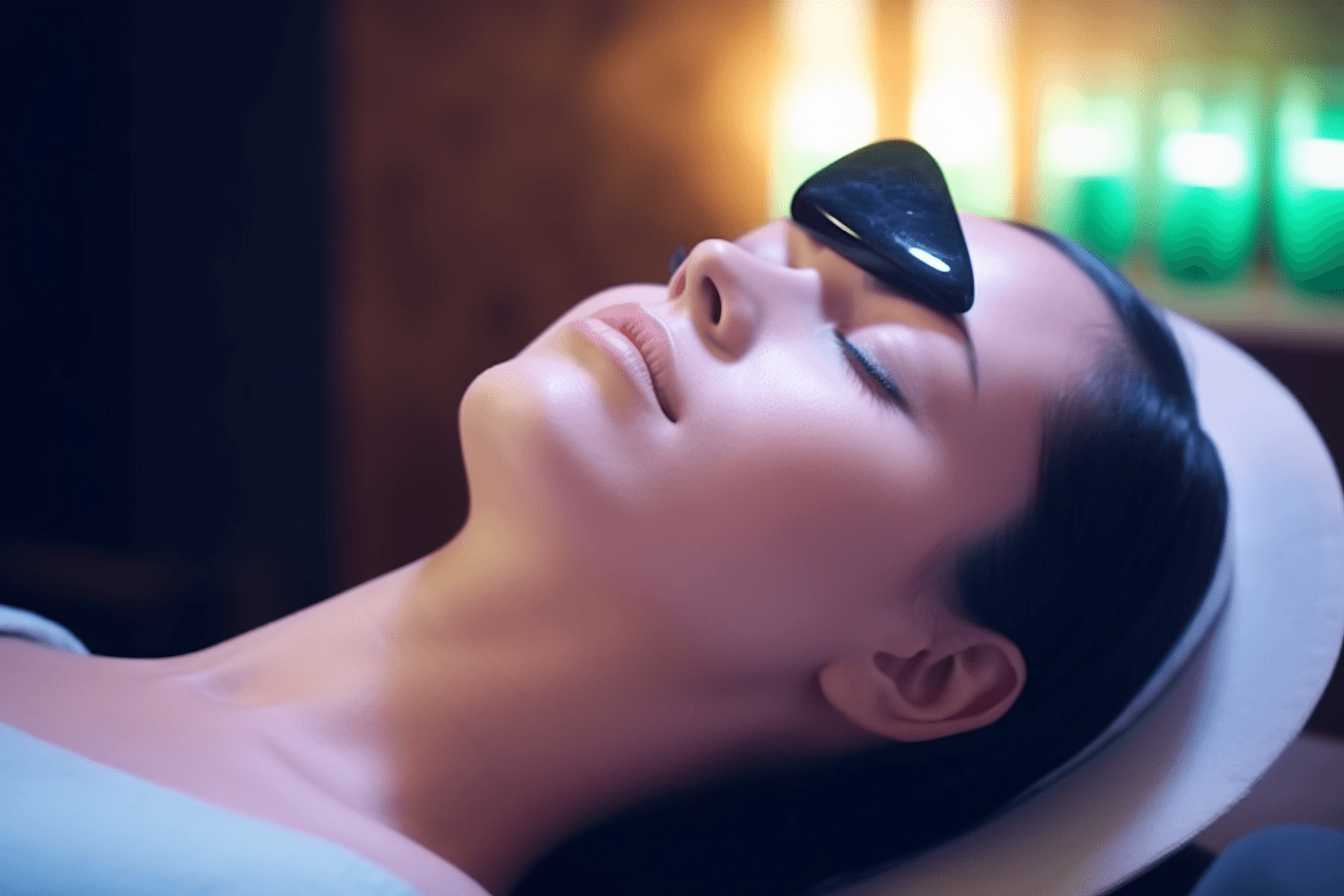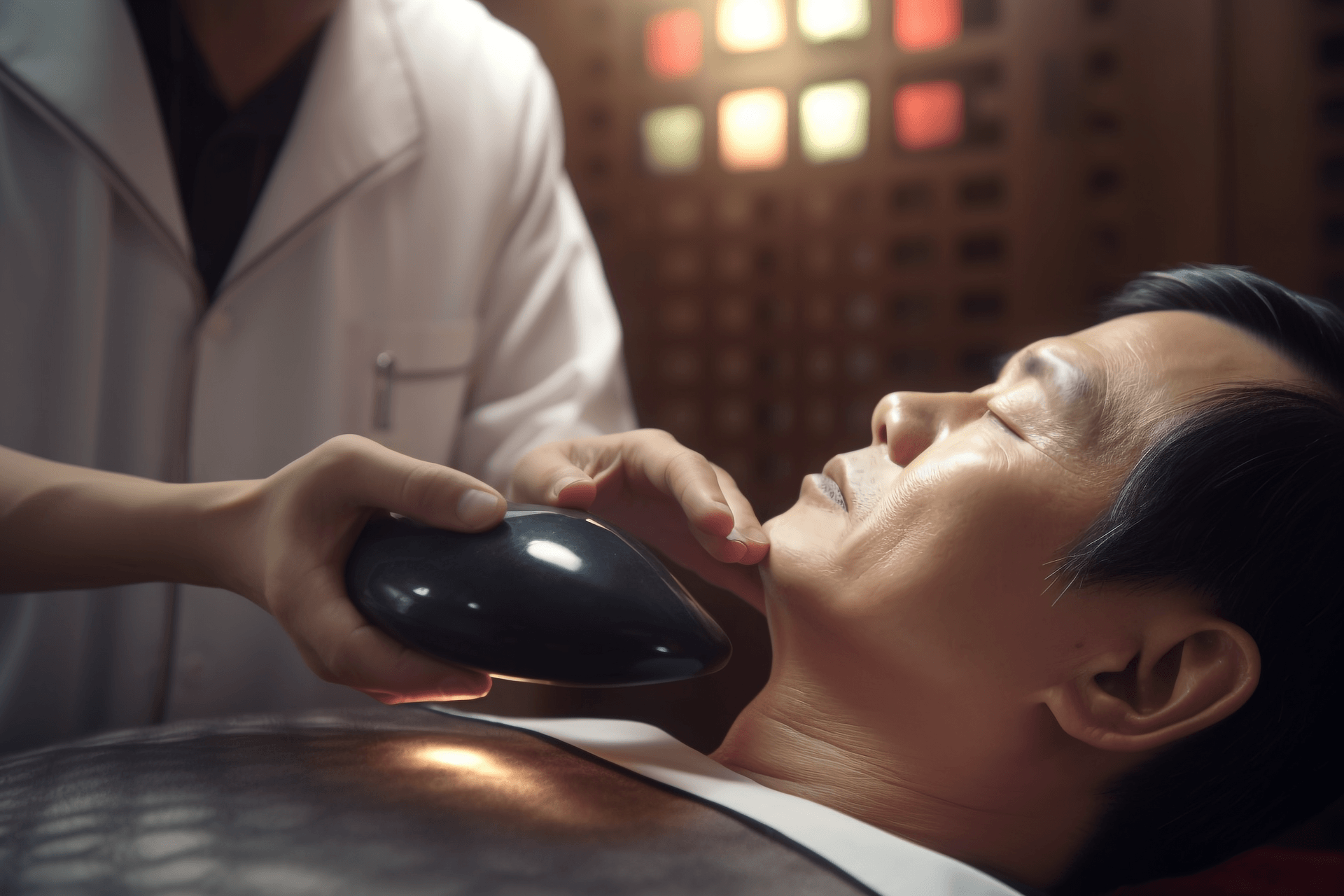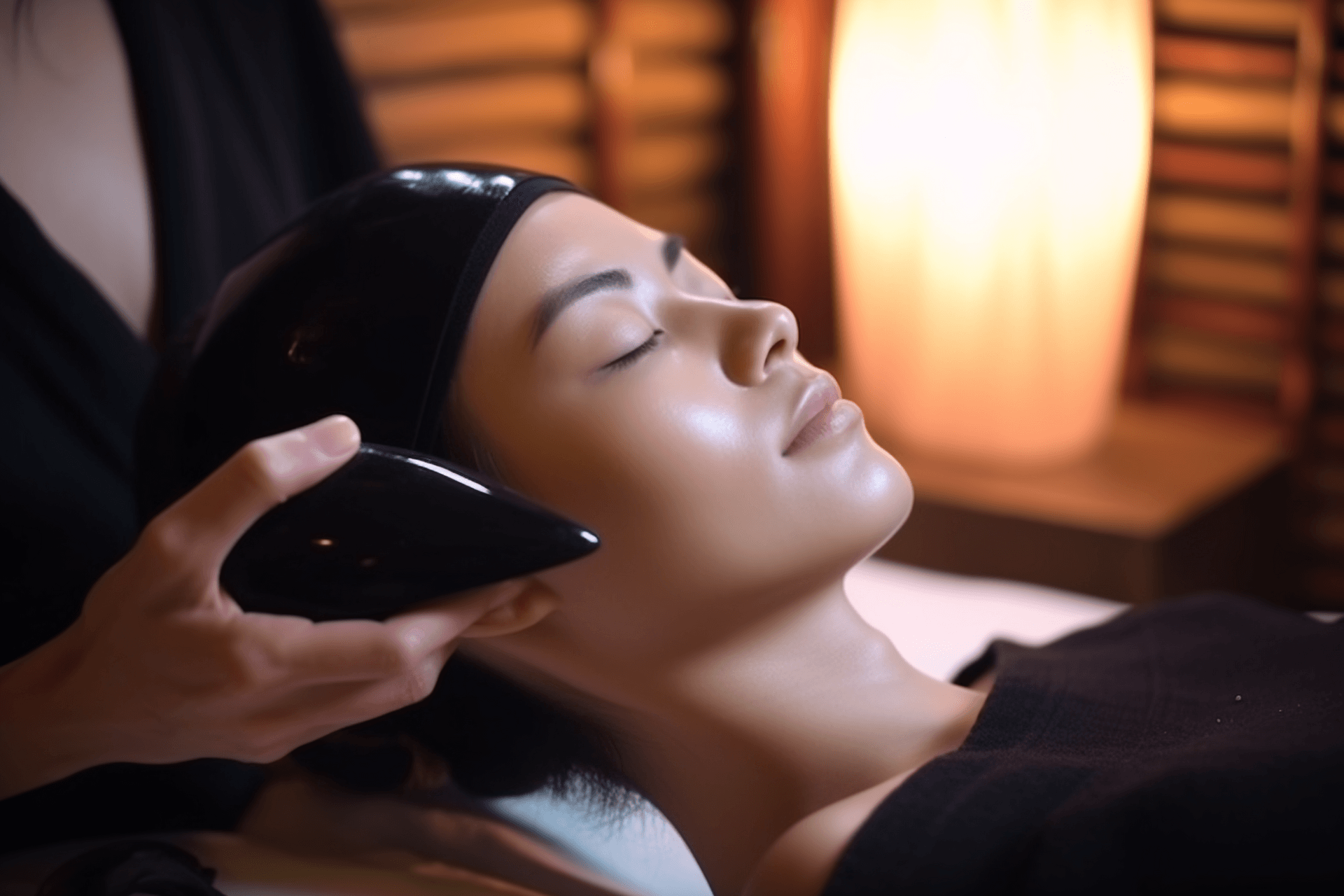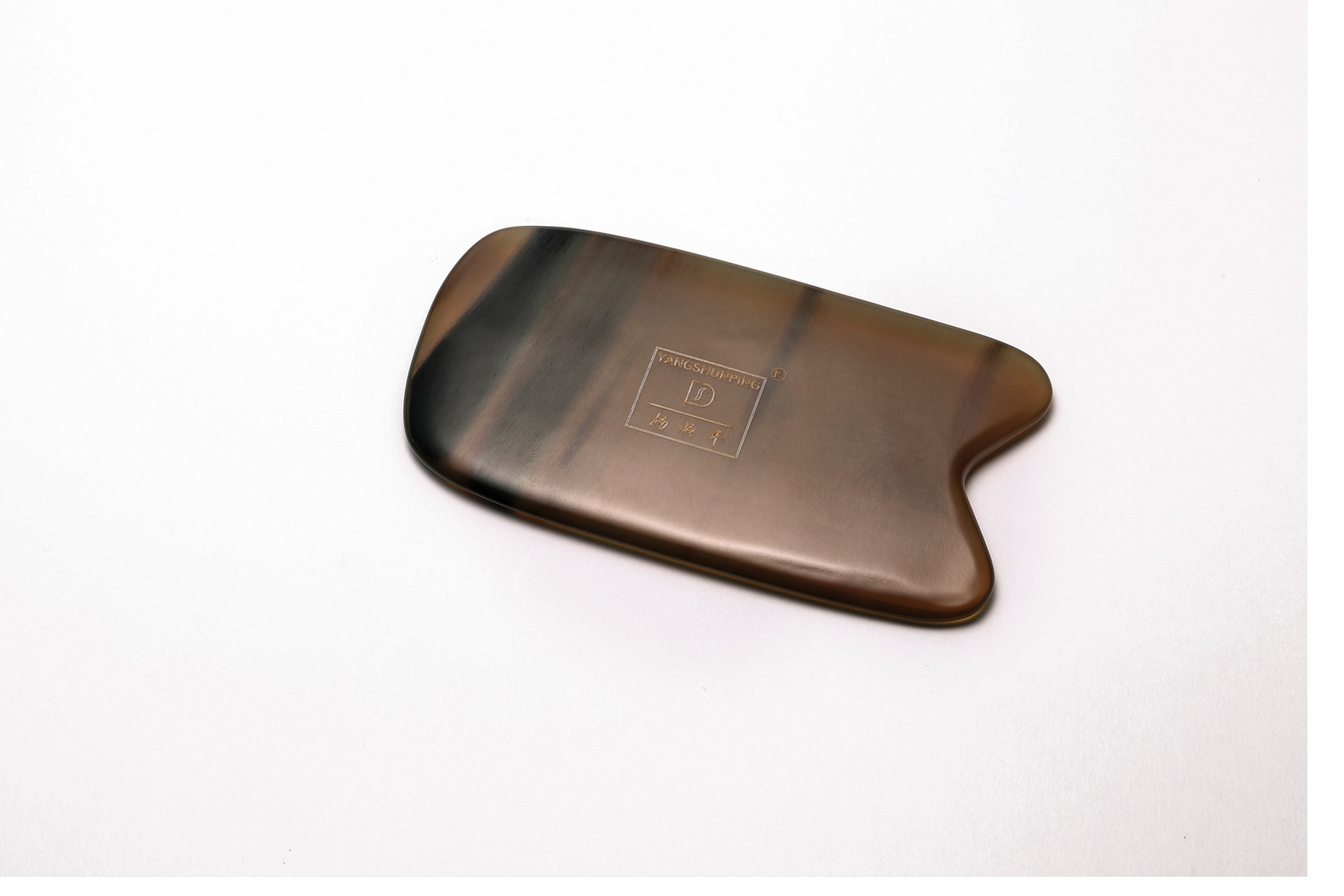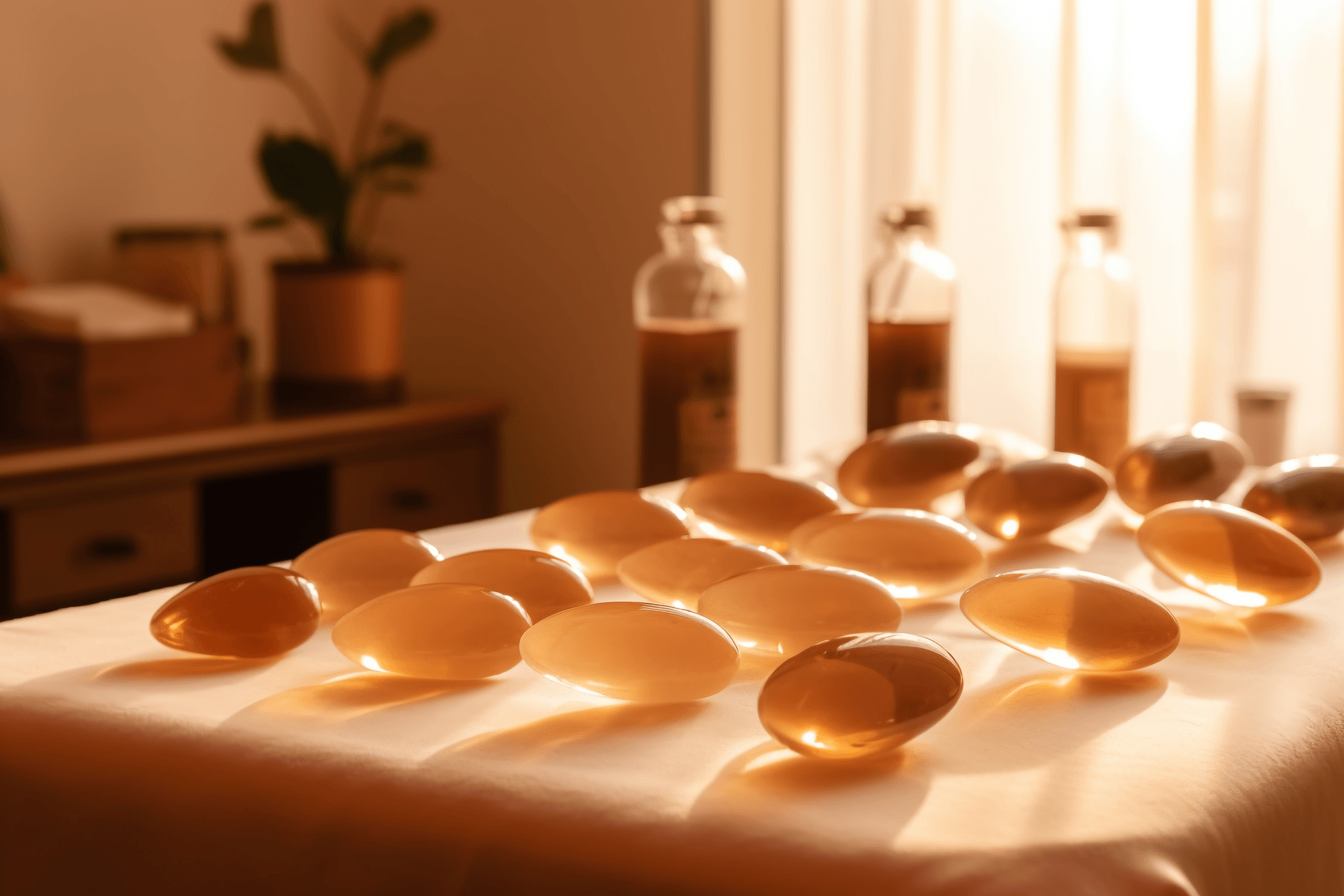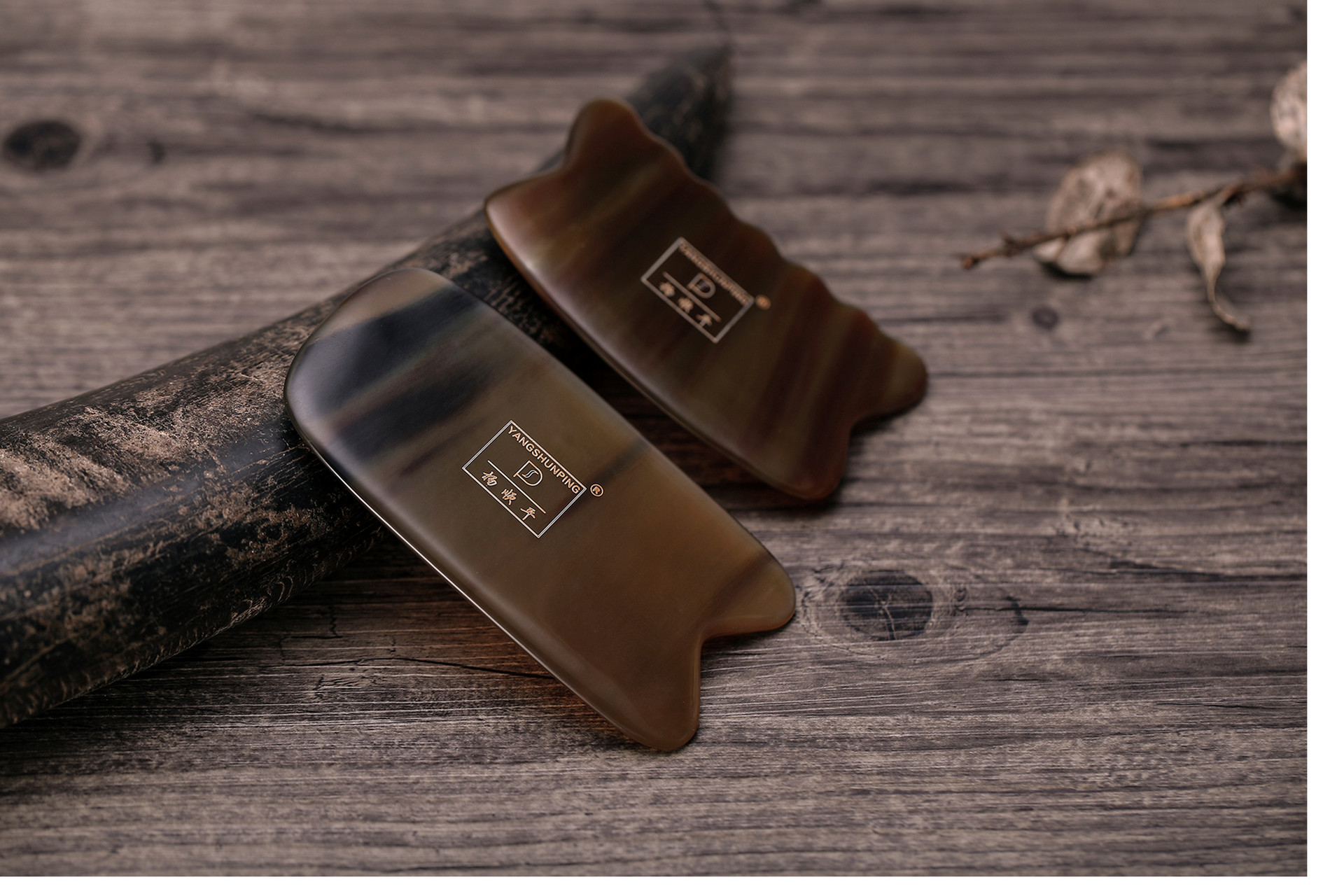Guasha Therapy: Understanding the Benefits and Precautions
Guasha therapy is a form of traditional Chinese medicine used for health maintenance, and it is becoming increasingly popular for treating various ailments. But how much do you really know about Guasha? What are its benefits? What preparations are needed before a Guasha treatment? And what precautions should be taken? Let's take a closer look.
Guasha is a non-pharmaceutical treatment method in traditional Chinese medicine, and it is an important part of natural therapy. Its history dates back thousands of years. Due to its wide-reaching influence, simplicity, ease of learning, and effective results, it has been mastered by the general public and can be used for self-treatment or treatment of others without cost. Therefore, Guasha has rightfully become a popular method of self-healing in traditional Chinese medicine.
Guasha therapy involves using a smooth, hard object as a scraping tool, along with a medium such as edible oil, petroleum jelly, white wine, or water. By continuously scraping specific areas of the body surface until redness appears, the therapy aims to prevent and treat diseases.
The history of using Guasha for medical treatment can be traced back to ancient times. Records of Guasha treatment for diseases can be found in the biography of Bian Que, a famous ancient Chinese physician. During the Tang Dynasty, people used xuanma (a type of plant) to scrape and treat diseases. The medical book "Yi Xue Zheng Zhuan" from the Ming Dynasty records the use of xuanma to treat diseases. By the Qing Dynasty, the method of Guasha became more detailed, including its application and differentiation for various diseases. Guo Zhisui's "Sha Zhang Yu Heng" provides detailed records of the etiology, pathogenesis, classification of symptoms, and treatment methods for various types of Guasha. It suggests using Guasha on the back, neck, chest, shoulders, arms, head, legs, and other parts of the body.
In recent years, due to the growing emphasis on maintaining a natural and toxin-free lifestyle, as well as the acceptance and effectiveness of green therapies, Guasha has gained popularity and become a preferred method for self-care and family healthcare. It has gradually developed into a unique clinical healthcare discipline.
Nowadays, Guasha tools are readily available, with the most common ones made from natural water buffalo horns. They are processed into rectangular tools with smooth edges and rounded corners. One side of the scraping board is slightly thicker, while the other side is slightly thinner. Thin sides are used for treating diseases, while thick sides are used for health maintenance. Sharp corners are used for acupoints near joints and for pressing acupoints. Water buffalo horns are a type of traditional Chinese medicine that promotes blood circulation, clears heat, cools blood, and detoxifies.
When performing Guasha, a scraping medium is applied to reduce resistance and improve the effectiveness of the treatment. The choice of medium depends on the condition being treated. Water is used for treating heat-related conditions, while plant oils have a drying effect. Guasha oil has a drying effect and promotes blood circulation, and Guasha blood-activating lotion improves blood circulation, dilates capillaries, and promotes the appearance of redness (sha).
To prevent the scraping board from cracking, bending, or becoming contaminated, it should be stored in a cool and humid place. If necessary, a layer of edible oil can be applied to the board and sealed in a paper or plastic bag for storage.
During Guasha treatment, different body positions are used depending on the area being treated. Prone position is suitable for treating the head, neck, shoulders, upper limbs, lower limbs, and posterior regions. Supine position is suitable for treating the head, face, chest, abdomen, inner sides of the lower limbs, and anterior regions. Upright position is suitable for treating the back, waist, and posterior regions of the lower limbs.
The key points of Guasha treatment are as follows: 1) Choose the appropriate body position, expose the skin in the area to be treated, and disinfect the scraping area, scraping tools, and the fingers of the practitioner with 75% alcohol. 2) Apply a layer of scraping medium to the skin of the treatment area. Start with light pressure and gradually increase to a level that the patient can tolerate. The pressure should be evenly distributed and moderate.
In conclusion, Guasha therapy has a long history and is widely used in traditional Chinese medicine. Its benefits include promoting blood circulation, relieving pain, and preventing and treating diseases. With the availability of Guasha tools and various scraping mediums, it has become a popular self-care and family healthcare method. However, it is important to follow proper precautions and techniques to ensure safe and effective treatment.


